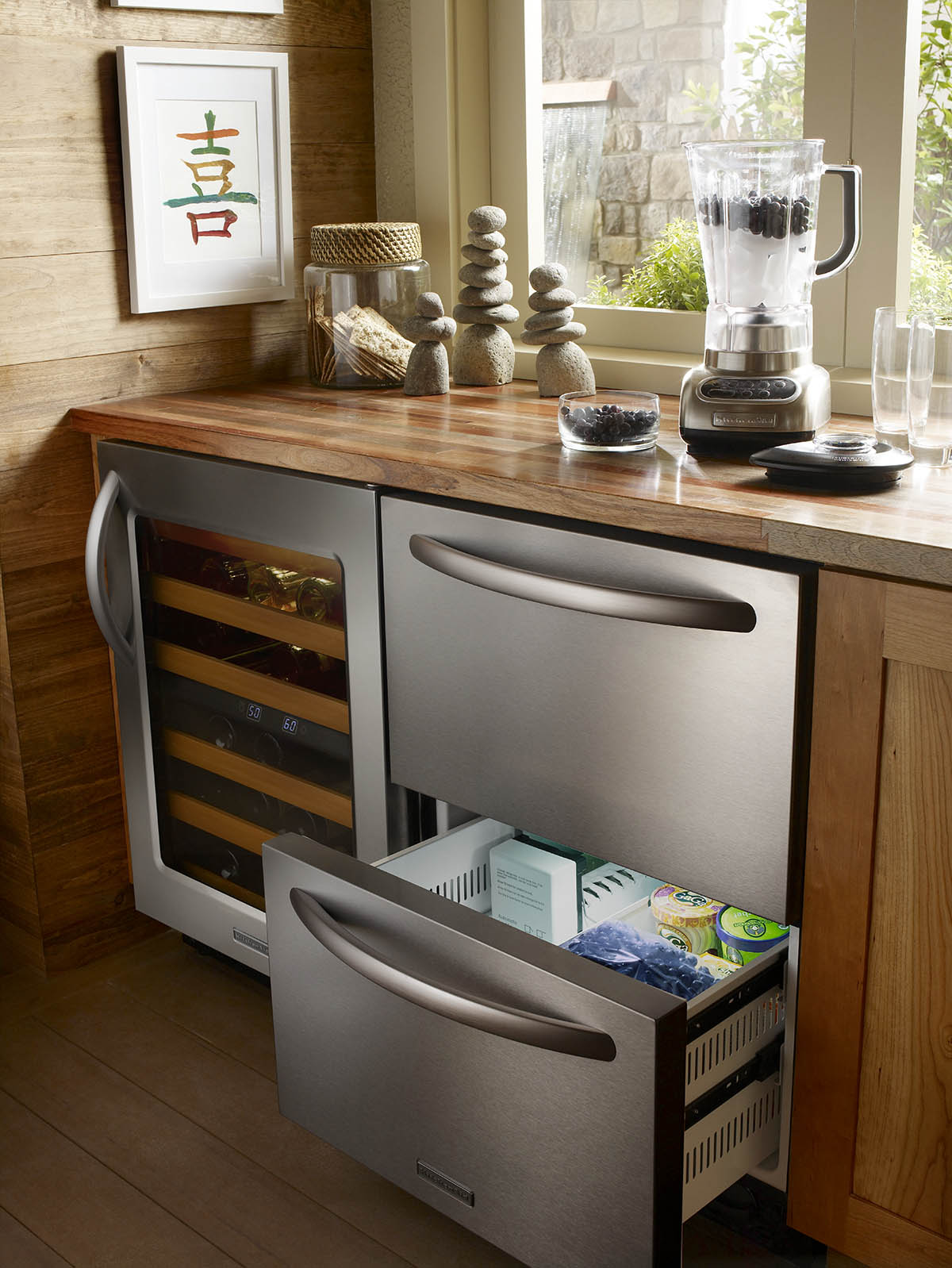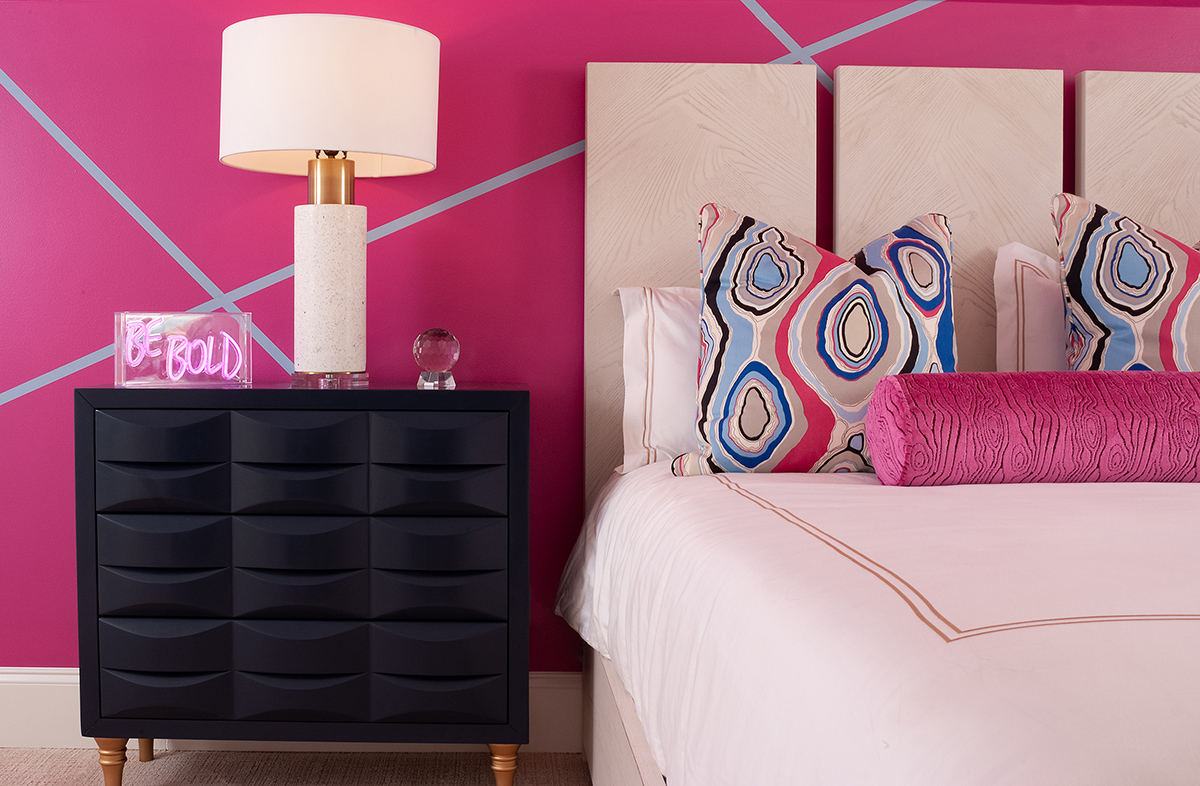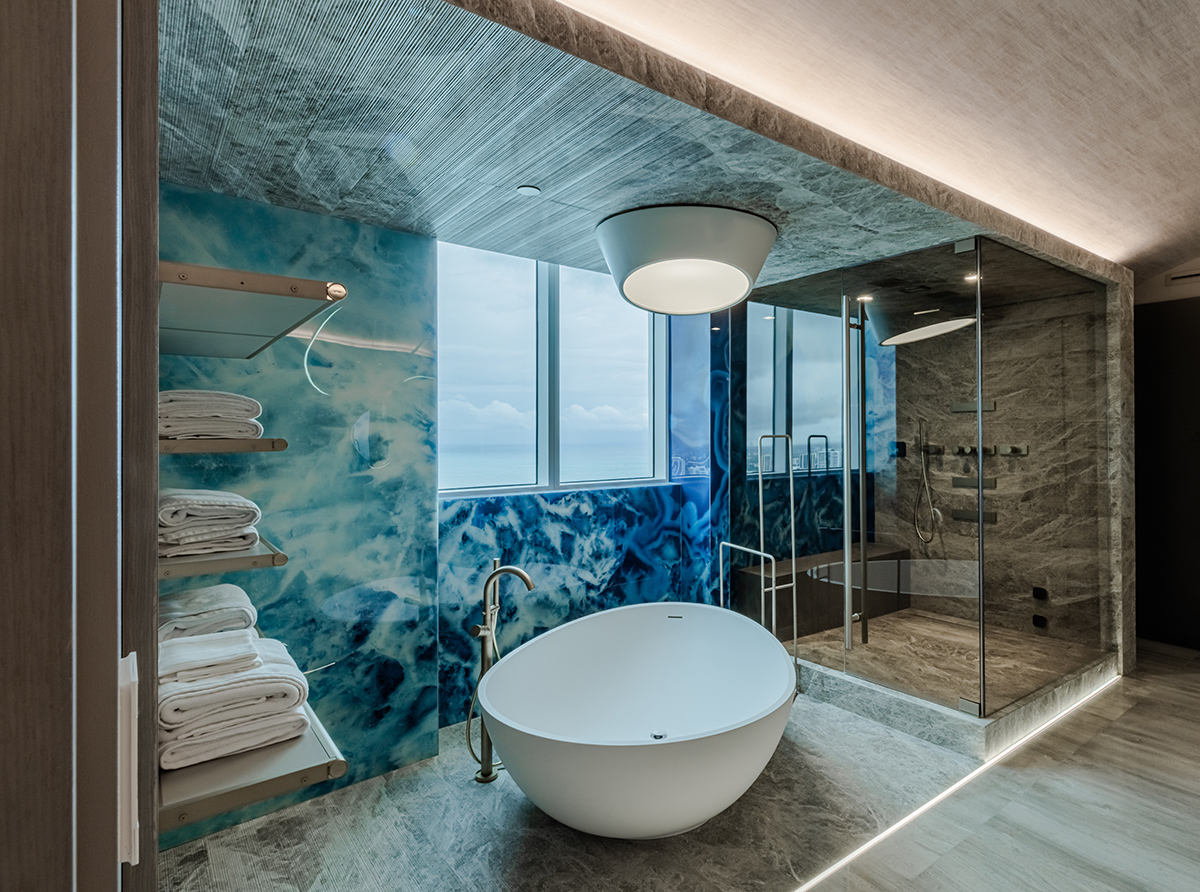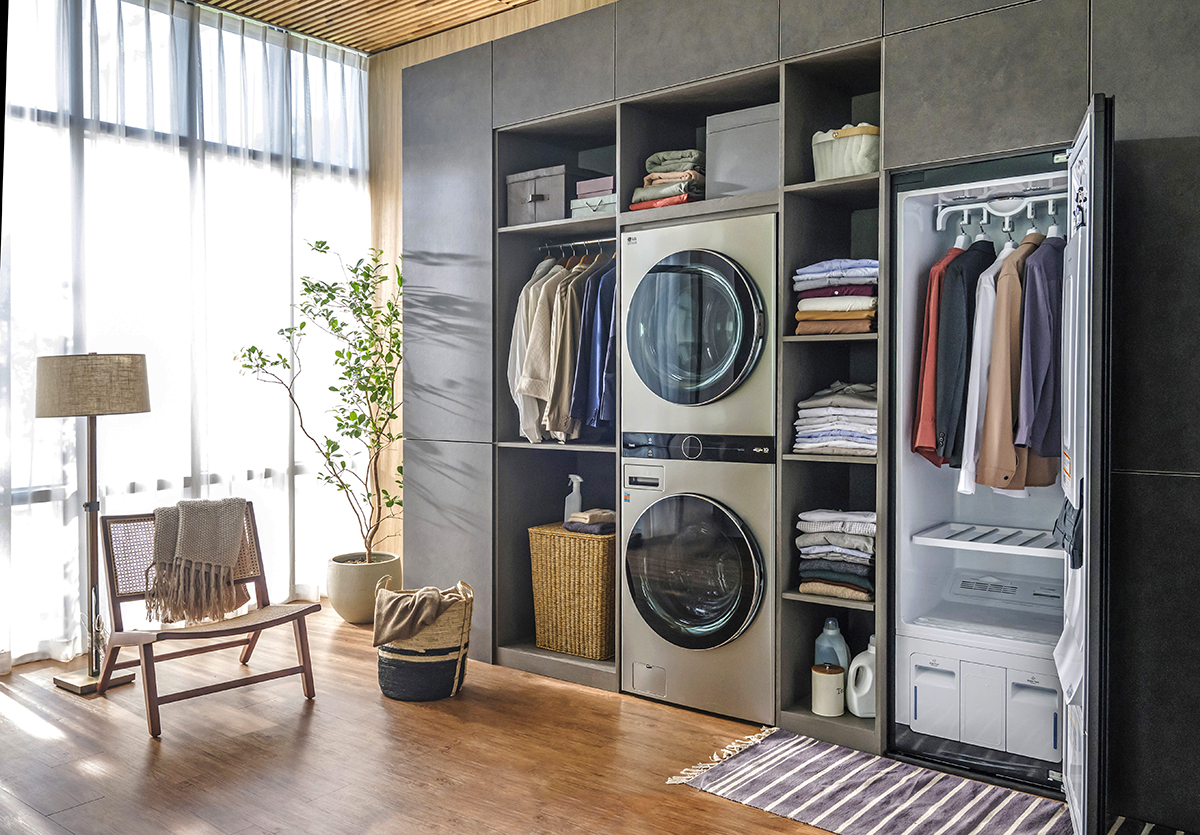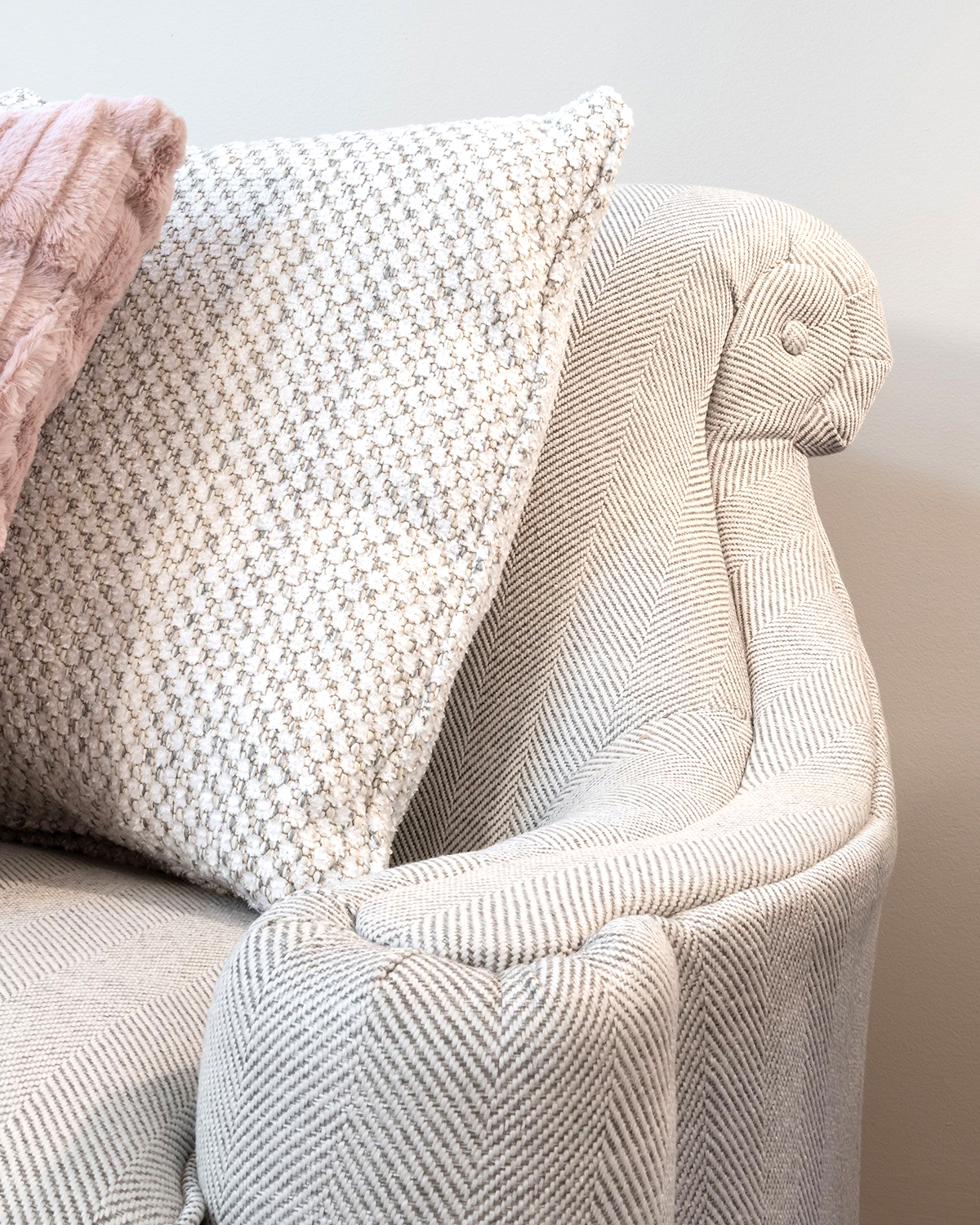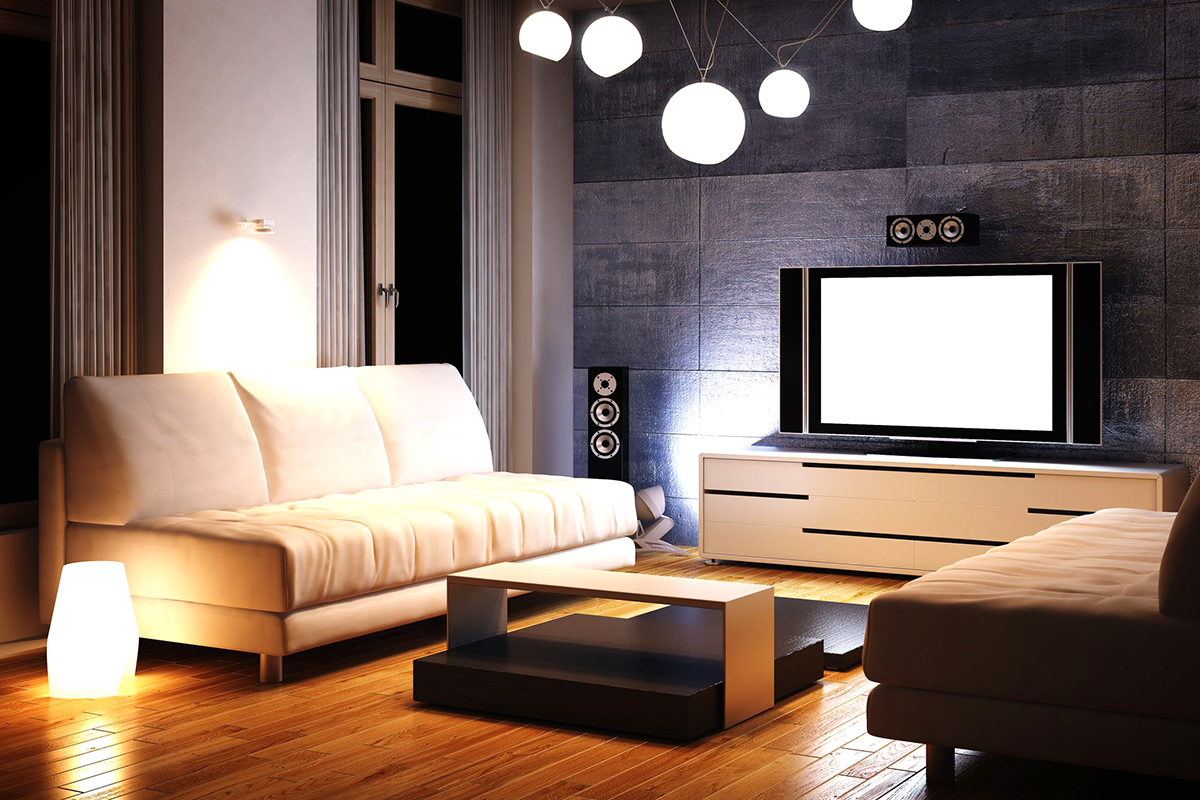WRITER | RYLEE WHITFORD
PHOTO| ALL-PHASE PETOSKEY
I have to admit, I’ve always been the girl who adds more sparkle than necessary to every aspect of my life. Whether it’s my closet or my living space, I’ve always been THAT girl. So the idea of a chandelier for every room really excites me, but for many others, it can feel like too much of a good thing.
Lighting has come so far in the last couple of years; the word chandelier no longer exclusively refers to the dramatic draping of crystal that collected dust over your grandmother’s dining table. Chandeliers have a way of bringing the eye upward, filling the void created in the last decade thanks to the popularity of recessed can lights. But before you go adding newfound hanging treasures to every room, let me help you choose the appropriate size and style to fit your space.
Hands down, the trickiest part of chandelier shopping is getting the size correct. As a lighting designer, it is the number one question I’m asked: “How big should my light be?” To which I always respond, “How tall is your ceiling?” Your ceiling height tells me a lot, like how tall your fixture can be. The most basic rule of lighting is that the bottom of your fixture should measure at least 7 feet from the floor. This rule applies only if you will walk under the piece and is primarily for safety reasons, but it also helps make the space look larger.
When shopping for a dining room chandelier, there is another helpful rule: Allow 30 to 36 inches between your table surface and the bottom of the fixture. This range allows for the most efficient task lighting while keeping your dinner guests from having to duck for cross-table conversation. The proper width of the fixture depends entirely on your table. Is it round or rectangular? If it’s round, what is the diameter? If rectangular, how long is it? Once you’ve measured, do the math. Go by the “half to two-thirds” rule. If your round table has a diameter of 50 inches, your fixture should be between 25 and 38 inches wide. The most effective way to light a 24-by-60-inch rectangle would be a linear fixture between 30 and 45 inches long. In general, I prefer to put round fixtures over a round table and rectangular (known as linear) over a rectangular table. With that said, though, think of these as guidelines. Lighting is a personal expression of style, artistic taste, and design, so have fun with it!
Now let’s talk style and consider how best to utilize a chandelier in every room, starting with the entry. This is the most common place to hang a chandelier, and for good reason! The foyer piece will be the first thing guests see as they walk into your home, and why not make a grand statement? Dare to be bold – use crystal or mixed finishes, or use the fixture as a large piece of art. Whatever you choose will set the tone for the rest of the house. Naturally following would be the living room, another common chandelier spot. This is a great place to put that large fixture you fell in love with over the table before you realized it could cause concussions. Introducing a new finish, texture, or material in a living room chandelier is a great way to add to your décor without crowding your walls.
What about the not-so-common areas like bedrooms and bathrooms? My answer is always, “Yes, go for it!” If you have ever thought about doing a master remodel and adding an en suite bath, I urge you to start with a chandelier. In most bedrooms, your fixture will be at the end of the bed, which allows you to break that 7-foot rule and add some drama. Simply installing a chandelier over your stand-alone tub will give you the luxurious vibes you were hoping for. Master closet, nursery, kitchen; these are all places a chandelier would offer the feel of a huge upgrade while spending considerably less than a remodel. Heck, even the laundry room. Maybe that would actually make me want to spend time in there!



